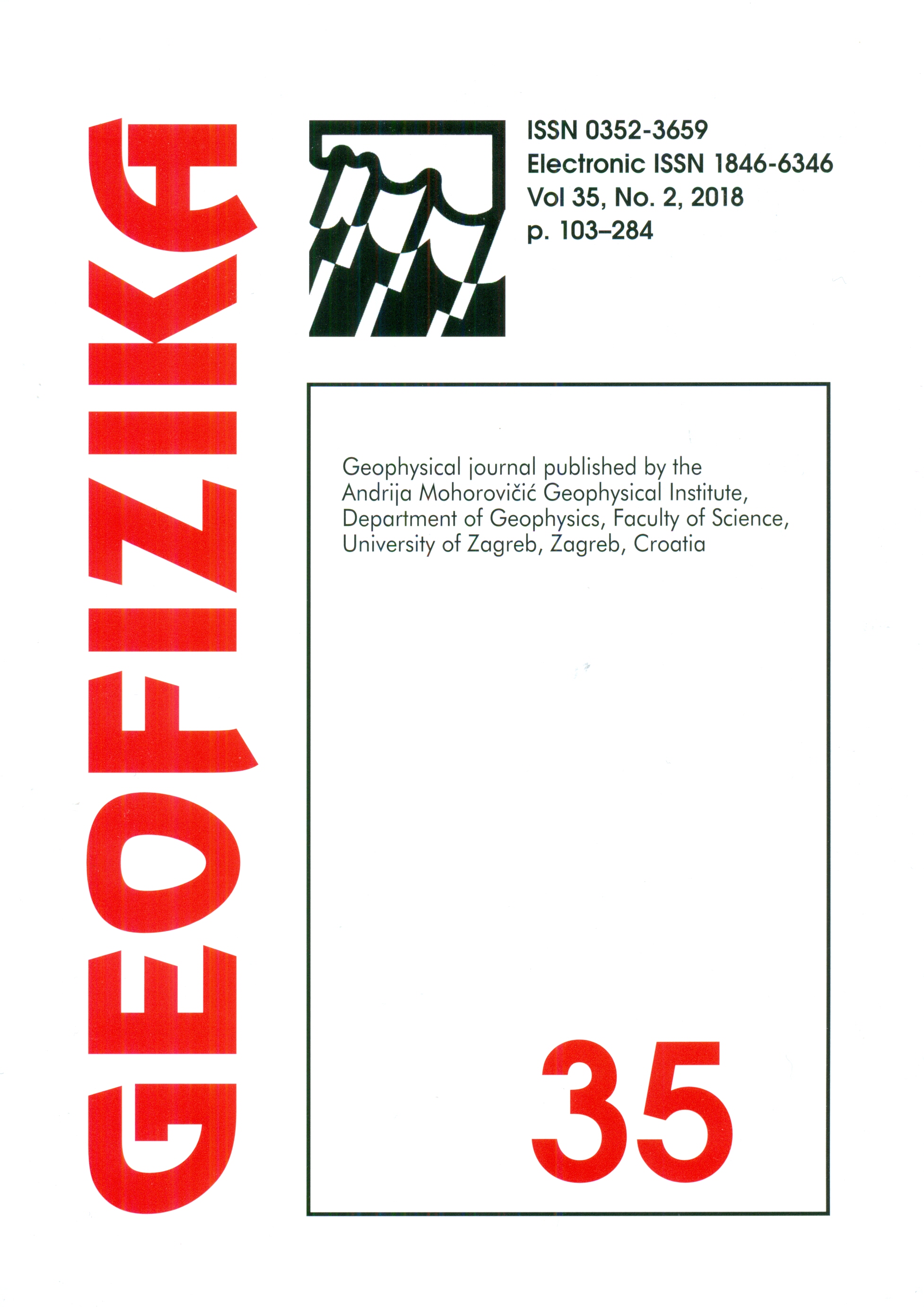Review and critical analysis on digital elevation models
DOI:
https://doi.org/10.15233/gfz.2018.35.7Keywords:
DEM, high resolution, satellite images, topography, accuracy, terminology, techniques and developmentAbstract
Nowadays, digital elevation model (DEM) acts as an inevitable component in the field of remote sensing and GIS. DEM reflects the physical surface of the earth helps to understand the nature of terrain by means of interpreting the landscape using modern techniques and high-resolution satellite images. To understand and analyze the nature of the terrain, DEM is required in many fields in the improvement of developing the product and decision making, mapping purpose, preparing 3D simulations, estimating river channel and creating contour maps to extract the elevation and so on. DEM in various applications will be useful to replicate the overall importance of the availability of worldwide, consistent, high-quality digital elevation models. The present article represents the overall review of DEMs, its generation, development using various techniques derived from topographic maps and high- resolution satellite images over a decade to present. It is useful to understand the nature of topography, address the practical problems and fix them by applying innovative ideas, upcoming high-resolution satellite images and techniques.
Downloads
Published
Issue
Section
License
Copyright (c) 2021 2018-07-31

This work is licensed under a Creative Commons Attribution-NonCommercial 4.0 International License.

